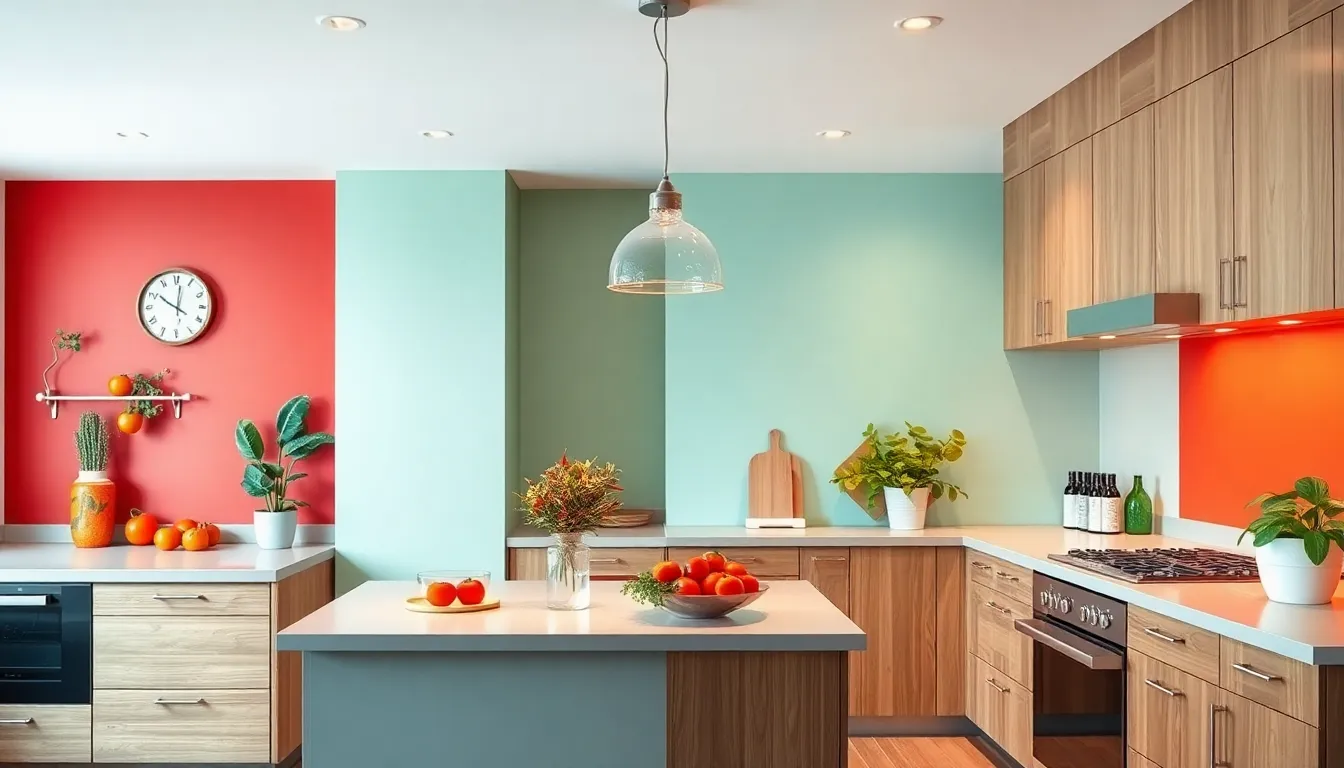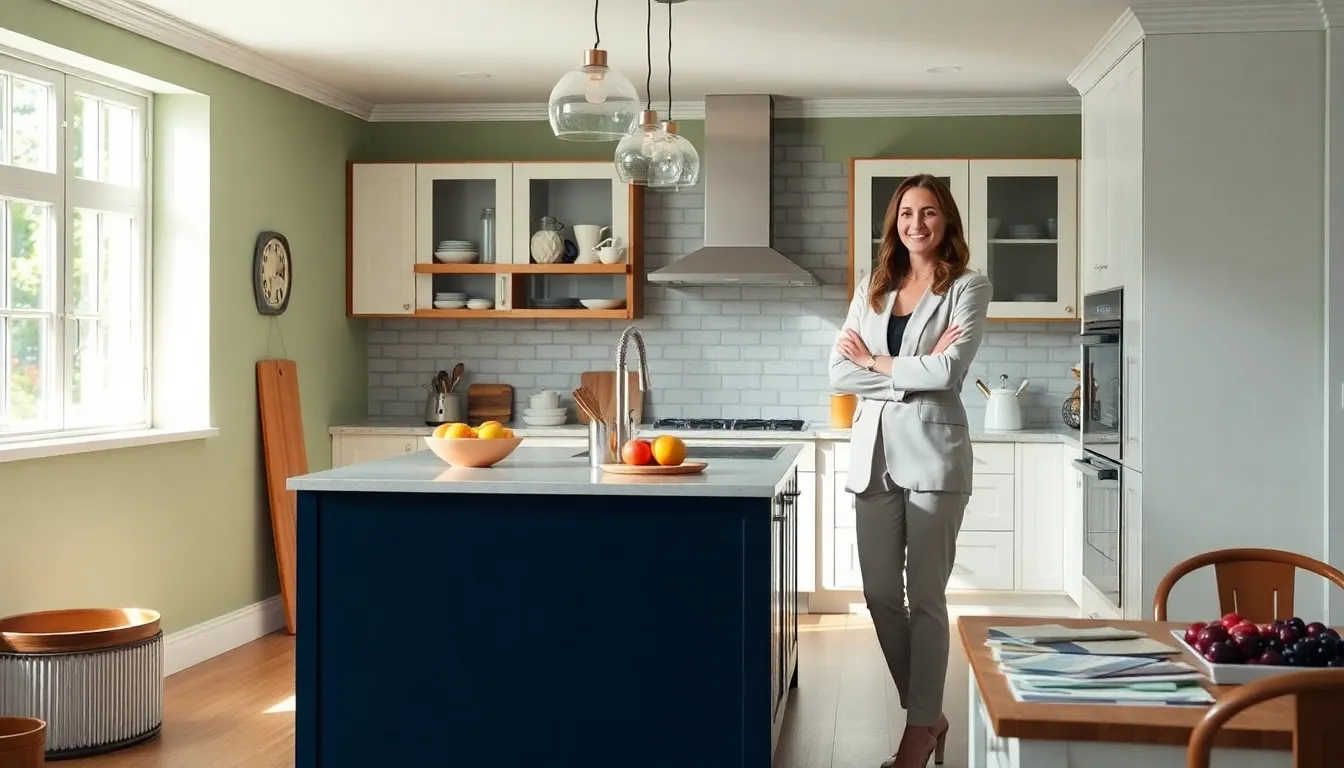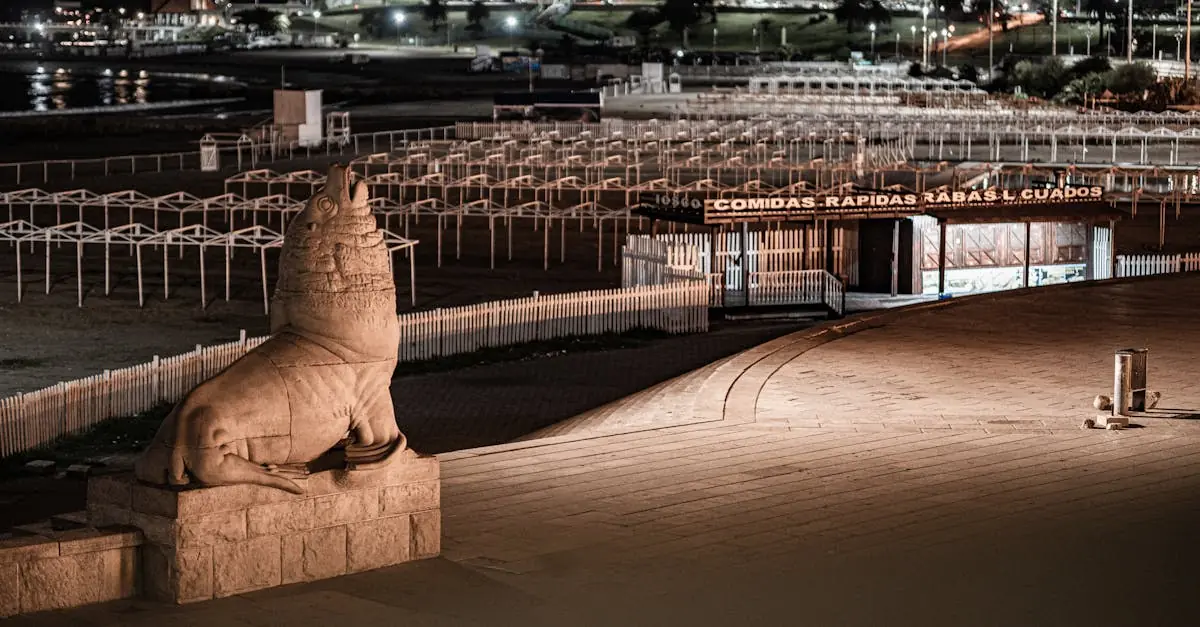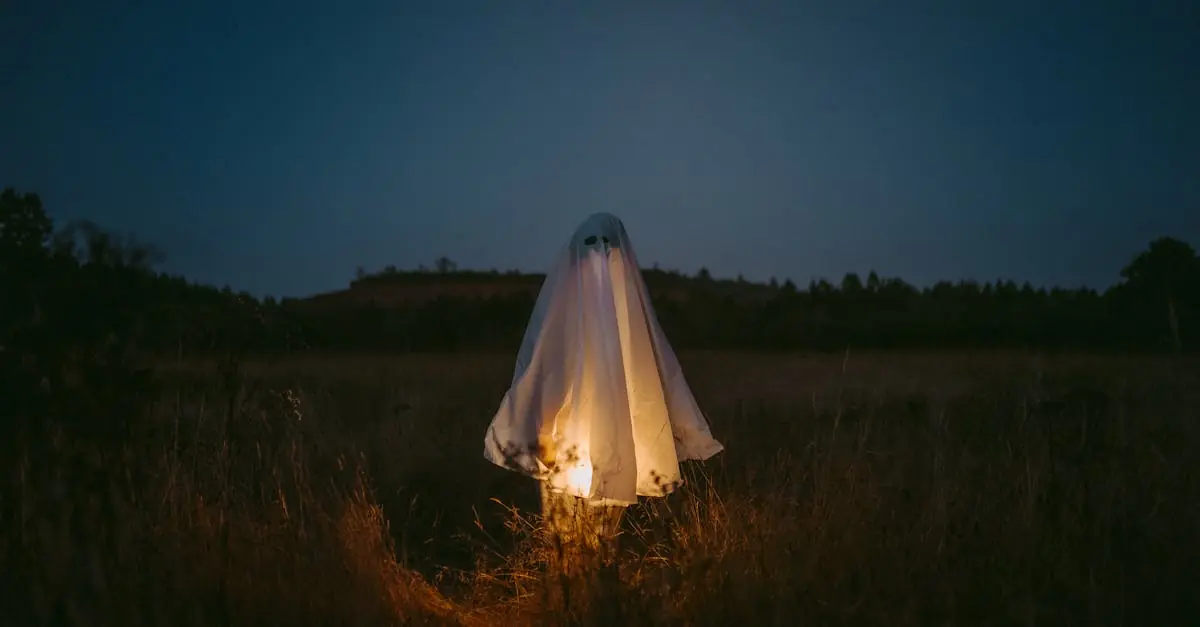When it comes to kitchens, the right paint color can truly make or break the vibe of the space. Seriously, nobody wants to whip up a gourmet meal in a room that feels bland or uninspiring. Imagine walking into a kitchen painted in a bold navy blue, instantly feeling energized and ready to take on that tricky soufflé recipe. In this guide, we’ll explore how the psychology of kitchen colors can influence your cooking (yes, it can.), investigate into popular paint choices that will impress anyone, and how to find the perfect shade for your unique style. Get ready to revolutionize your culinary haven, because a new paint color might just be the secret ingredient your kitchen has been missing.
Table of Contents
ToggleUnderstanding Kitchen Color Psychology

Colors have a fascinating ability to affect our mood, energy levels, and even appetite, especially in the kitchen where families gather. For instance, warm colors like red and orange can stimulate appetite and enhance socializing, making them perfect for a family-friendly cooking environment. Think about those vibrant tomatoes spilling over a rustic, red wall, suddenly that evening meal feels special. On the flip side, cool colors such as blue and green can evoke feelings of calmness and cleanliness, crisp cucumber salad on a serene, seafoam wall sounds refreshing, doesn’t it? When selecting a paint color for a kitchen, consider how you want the space to feel. Do you want a cozy nook, or something a bit more vibrant? Striking the right balance could be as simple as playing with shades and intensities.
Popular Color Choices For Kitchens
A few classic colors reign supreme in the realm of kitchen design. White is an all-time favorite, known for its timeless appeal and ability to make spaces feel larger and brighter. It’s like a blank canvas waiting for pops of color through decor. Beige and taupe come in a close second: these neutral shades offer warmth and versatility, complementing a variety of styles. Merely switching from stark white to a creamy beige can add character.
Then there are the bold players, sophisticated blacks and dramatic deep blues have made a strong comeback. These shades add a touch of elegance and can really make a kitchen stand out. Imagine sleek cabinetry against a dark backdrop, it’s nothing less than stunning. And let’s not forget about greens, from soft sage to vibrant emerald, which breathe life into any kitchen, best paired with natural wooden accents for that organic touch.
Choosing The Right Shade Based On Kitchen Style
Your kitchen style plays a gigantic role in color selection. Suppose your kitchen boasts a contemporary flair. In that case, you might lean towards cascading shades of white or gray, injecting just a touch of color through accessories. On the other hand, a farmhouse-style kitchen allows for softer, muted pastels and playful hues, imagine a buttery yellow or dusty green joining the mix.
For those with a more traditional kitchen, rich colors often harmonize beautifully with woodwork, so deep reds or classic navy could fit perfectly. And don’t shy away from eclectic styles. A mix of colors could create a bohemian vibe, where mismatched hues express personality. Look around: analyze your cabinets, countertops, and flooring to find a harmonious match that eloquently expresses your kitchen’s character.
Accent Colors and Their Impact
Accent colors can provide the perfect finish to transform your kitchen from ordinary to extraordinary. These colors should typically contrast with your main color, think of adding a bright yellow, teal, or even metallics to create visual interest. Imagine cobalt blue cabinets accented with brass fixtures, not only does this look chic, but it also brings a contemporary feel to traditional setups.
If your primary color is muted, opt for a vibrant accent to liven things up, or if your main wall color is bold, consider using a subdued hue as an accent. Open shelving provides a fantastic opportunity to showcase fun dishes or decor that complements your accent color, ensuring that your kitchen stands out while remaining functional.
Tips For Selecting The Perfect Paint
Selecting paint colors can feel overwhelming, but a few tips can simplify the process. First, consider the lighting, it can dramatically alter how a color appears in your space. Always test paint samples in different lighting conditions and at various times of the day to see if the shade still resonates. Test patches are your new best friend.
Next, take a step back and evaluate your cabinetry, appliances, and countertops. How will your new color complement or contrast with existing elements? Finally, design a mood board, collecting samples and swatches, which helps visualize how your chosen colors will fit together. Planning may take time, but rushing can lead to regrettable decisions. Remember, this is your sanctuary.







